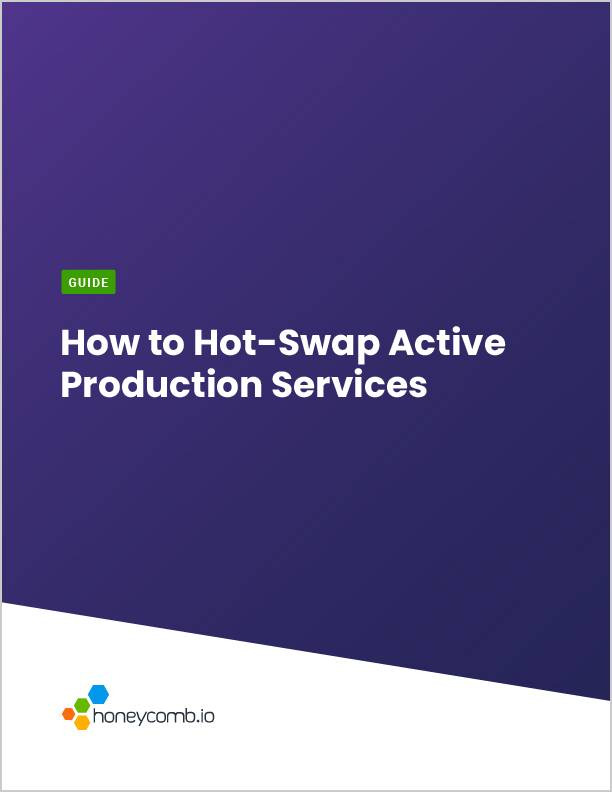Guides Engineering Best Practices
How to Hot-Swap Active Production Services
Businesses often need to upgrade their production services, yet many can’t afford even a few minutes of downtime for mission critical services. But, with the right tools, there’s an approachable alternative: hot-swapping production services while they’re live.
In this guide, Mode Analytics shares their process, including:
- How observability prepares them to hot-swap active production services
- The three core phases necessary to ensure a hot-swap lands successfully
- Lessons learned by the team during this process, such as determining exact success criteria
Download and read the guide to learn how to hot-swap active production services successfully and what pitfalls to avoid.


